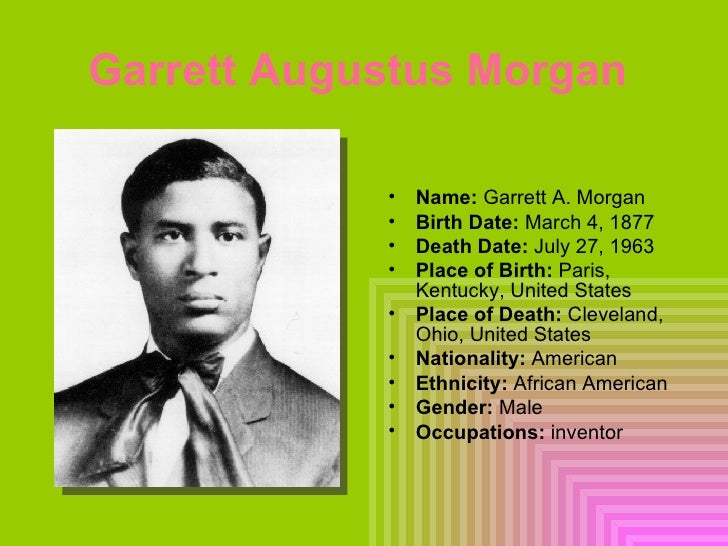IrezumiKiss
Literotica Guru
- Joined
- Feb 11, 2007
- Posts
- 72,654
16.






Follow along with the video below to see how to install our site as a web app on your home screen.
Note: This feature may not be available in some browsers.


































































